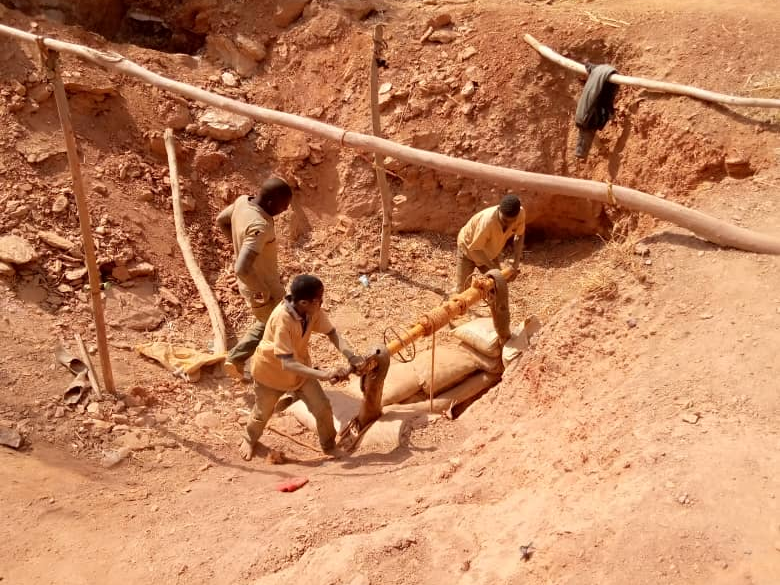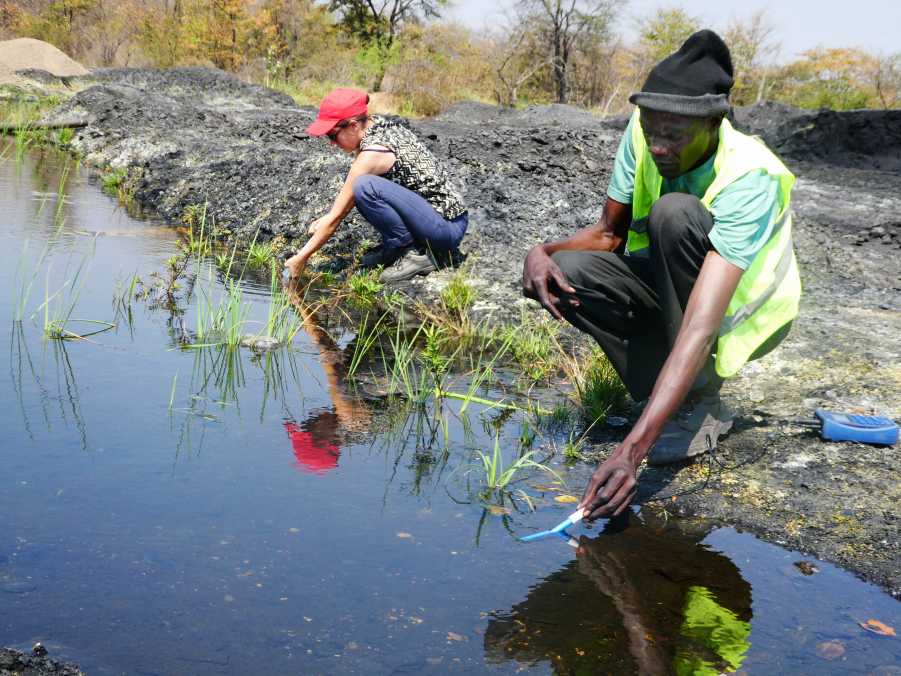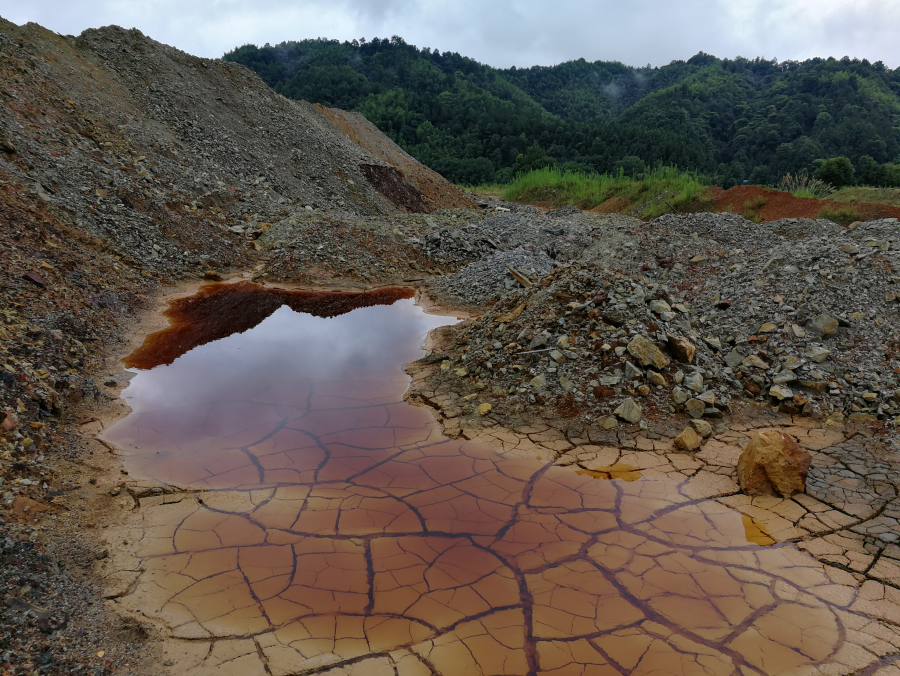Extraction and processing

Strong global economic growth stimulates the demand for manufactured goods and fossil energy carriers and therefore also drives the extraction of mineral resources at an unprecedented pace. Although mining is an important economic backbone for many mineral-producing countries, governments and societies face important challenges in handling the negative environmental and social consequences of extractive activities. Both industrial mining and also the technically rudimentary and often informal artisanal and small-scale mining come with very specific environmental and social challenges.The negative environmental impacts of mining can have severe consequences for neighboring communities, affecting the quality of the air and water bodies, degrading the land and reducing biodiversity. Even after the closure of a mine, some extraction sites continue to be a source of acidic and metal rich effluent that have the potential to negatively affect entire water catchments for generations. Billions of tons of mine waste are produced and stored in tailing dams every year. They represent one of the biggest risks for mining operators, with more frequent and severe failures expected to occur in the future. Artisanal and small-scale mining on the other side causes significant public health concerns. Artisanal gold miners use mercury to amalgamate gold and separate it from the waste. In this process, they expose themselves and their communities to mercury intoxication and burden the environment on a much larger geographic scale with this non–degradable heavy metal.
At the Swiss Minerals Observatory, we have addressed these and other important questions related to the upstream part of the mineral supply chain. In Burkina Faso we have looked into artisanal gold miners’ protection strategies against mercury pollution, the impact of artisanal mines on neighbouring households’ well-being and the competitiveness of local gold markets.
In Zimbabwe, we implemented a citizen science project in a coal mining area where local community monitors took hundreds of water samples1 and used the scientific data to advocate for better environmental quality addressing the government and the mining industry. Moreover, a spatially distributed catchment-scale hydrology-sediment-solute model was developed that can be used to assess and manage trace metals pollution2 .
References
[1] Ruppen D, Chituri OA, Meck ML, Pfenninger N and Wehrli B (2021) Community-Based Monitoring Detects Sources and Risks of Mining-Related Water Pollution in Zimbabwe. Front. Environ. Sci. 9:754540. Doi: 10.3389/fenvs.2021.754540
[2] Sui C, Fatichi S, Burlando P, Weber E, Battista G (2021) Modeling distributed metal pollution transport in a mine impacted catchment: Short and long-term effects, Science of The Total Environment.151473,ISSN 0048-9697, https://doi.org/10.1016/j.scitotenv.2021.151473.


